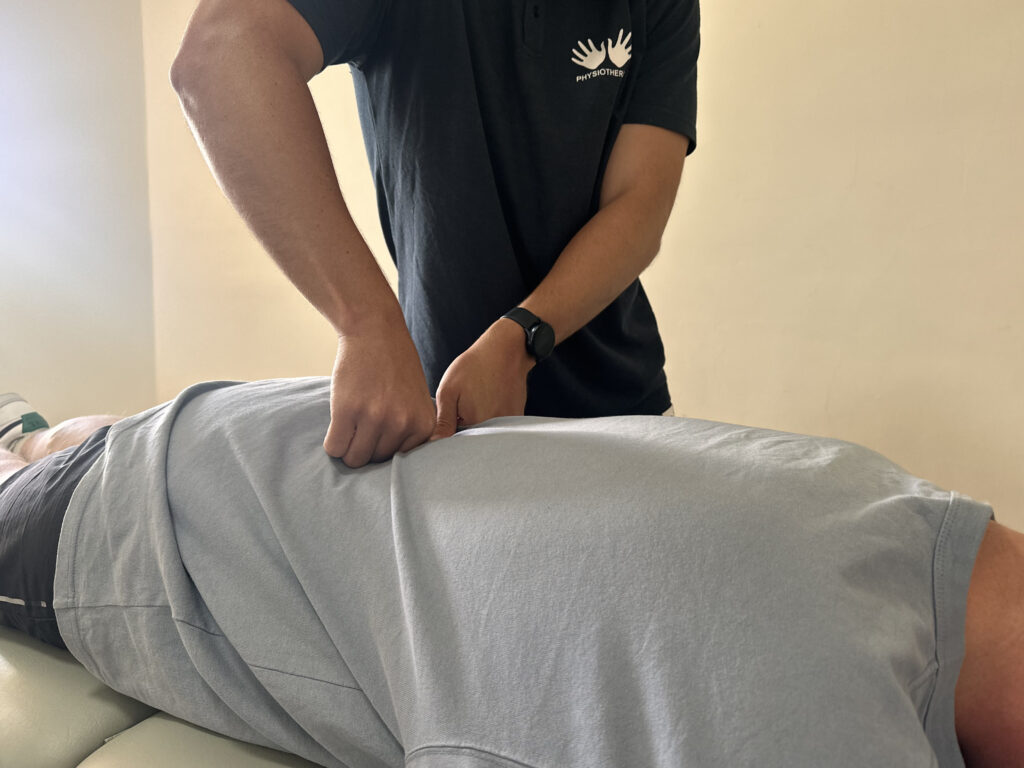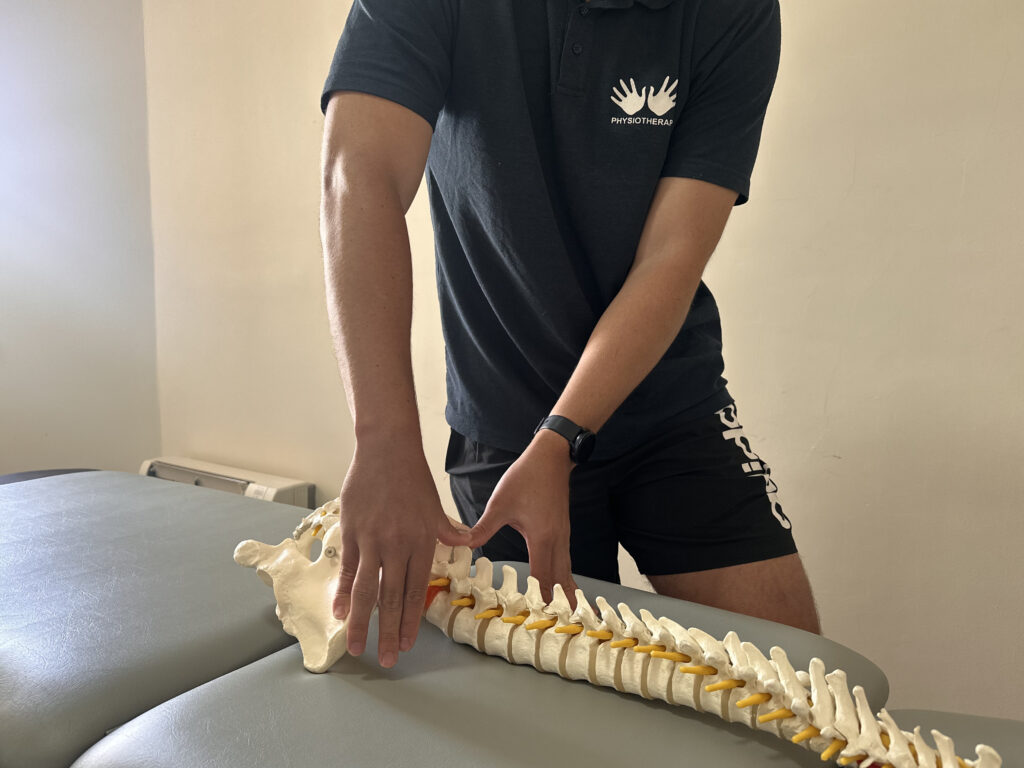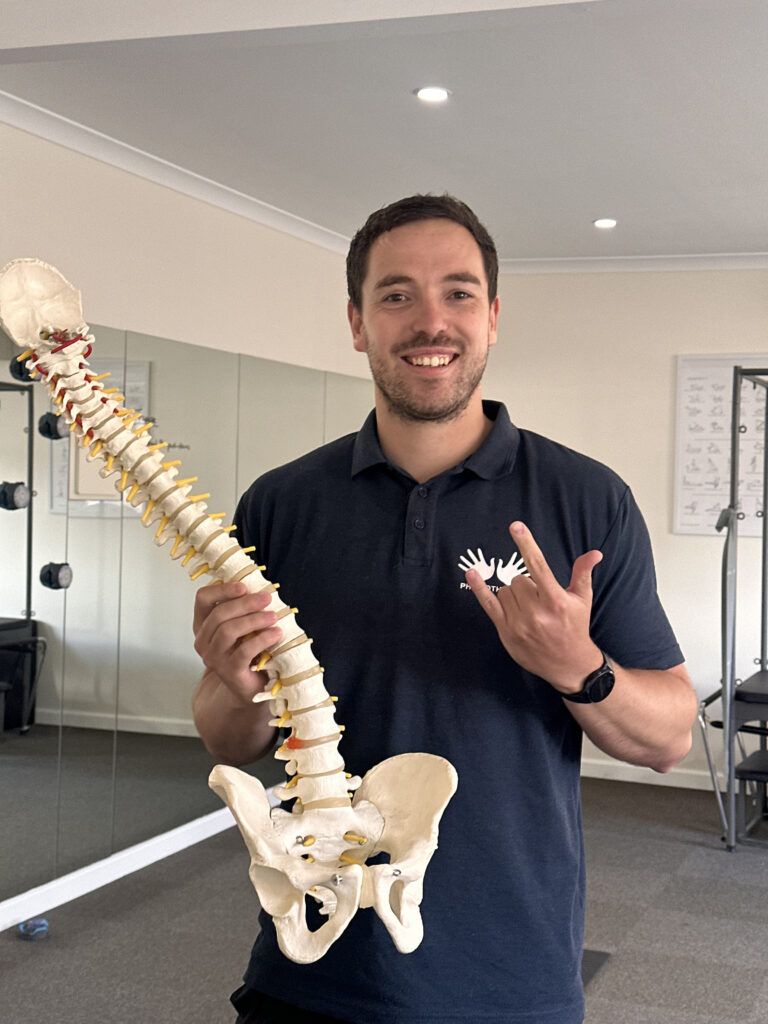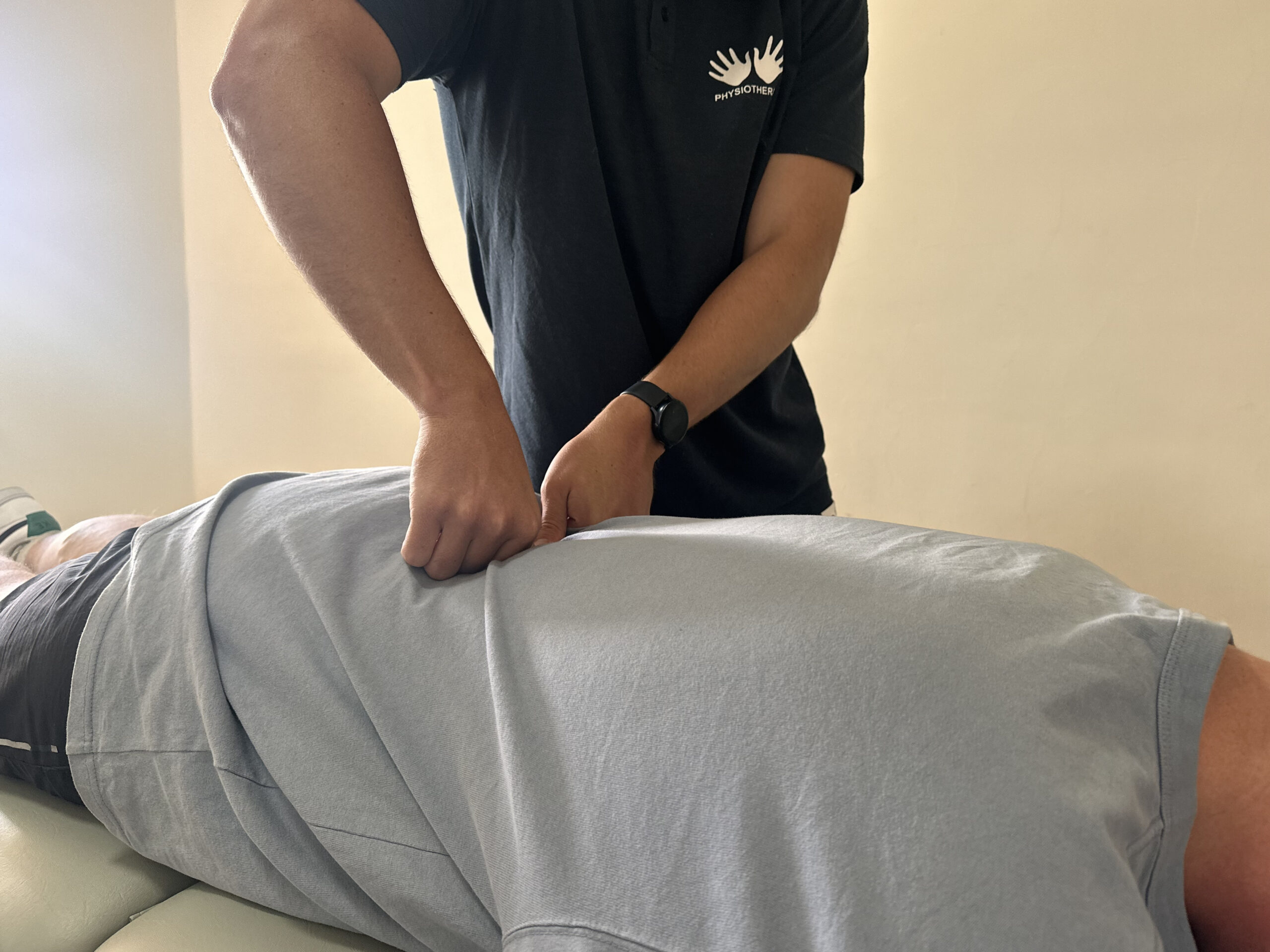Embracing Comfort: A Guide to Easing Acute Lower Back Pain with Causes, Symptoms, and Proven Management Strategies
Acute Lower back pain, is a sudden onset pain felt in the lower back. You may experience
stiffness with a decrease in movement in the lower back. Some may have difficulty standing
or sitting for extended periods of time.
Acute lower back pain can last from a few days to a few weeks. Lower back pain can impact
on mobility, productivity, and overall quality of life. Understanding its causes, symptoms,
and management strategies is crucial for effectively navigating through this challenging
experience.


Causes:
Muscle Strain: Overexertion, lifting heavy objects improperly or repeatedly , and
even sudden movements can strain the muscles and ligaments supporting the lower
back.
Degenerative Conditions: Conditions like osteoarthritis or spinal stenosis can
contribute to acute pain episodes.
Accidents or Injuries: Falls, accidents, or trauma can also be the cause of acute back
pain.
Symptoms:
The symptoms of acute lower back pain can vary from individual to individual but
commonly comprise of:
Sudden, sharp pain: Often brought about by a particular movement or action.
Limited mobility: Difficulty standing up straight or performing usual activities.
Muscle spasms: Involuntary muscle contractions or tightening of muscles.
Pain radiating down the legs: If caused by nerve irritation.
Management Strategies:
Gradual return to activity: Avoidance of bed rest and engage in light activities and
gradual increase movement as the pain subsides.
Physiotherapy and Exercise:
The aim of physiotherapy is to improve function, and to prevent further disability.
Exercise therapy can be started as early as possible under supervision of a
physiotherapist. These exercise programs will focus on improving flexibility and
strengthen the core muscles that help in supporting the lower back as well as the
thoracic/ middle back, in-turn reducing the risk of future episodes.
In cases where lower back pain is persistent for longer than 12 weeks, physiotherapy
will focus on graded return to activity and exercise programs that focus on
improving function in all aspects of daily living.
Heat and Cold Therapy
Ice packs: Can be applied within the first 48 hours to reduce any swelling and
inflammation in the lower back region.
Heat therapy: Can then be used after the first week since injury, heat can help with
relaxation of muscles and improve blood flow to the area, which can reduce muscle
pain and stiffness.
Going for a walk with acute lower back pain was seen to have the same effect as
other non-pharmacological interventions to decrease lower back pain.
A few studies in the last five years have shown Pilates exercises to be an effective
rehabilitation tool, helping reduce pain and improve functionality.
Prevention:
While acute lower back pain can be unpredictable, several measures can help reduce its
occurrence:
Regular exercise: Strengthening and maintaining core muscles as well as maintaining
range of movement can provide better support for the spine. It is recommended to
do exercise at least 2x a week.
Proper lifting techniques: Lift objects by bending the knees and keeping the back
straight.
Maintaining a healthy weight: Excess weight can strain the back muscles and
contribute to pain.
Avoid Heavy Lifting: As far as possible avoid heavy lifting, when required to do heavy
lifting make sure you bend your legs and keep your back straight ensuring your legs
do most of the lifting.
Conclusion:
Acute lower back pain can be a little stressful, but in most cases, it resolves with time and
proper care. It is crucial to understand your body’s limits, practice preventive measures, and
seek professional guidance when needed.
References: Shipton, E.A. Physical Therapy Approaches in the Treatment of Low Back Pain. Pain Ther 7,
127–137 (2018). https://doi.org/10.1007/s40122-018-0105-x

VINCENT HAMMAN
BSC ( Hons) Physiotherapy
